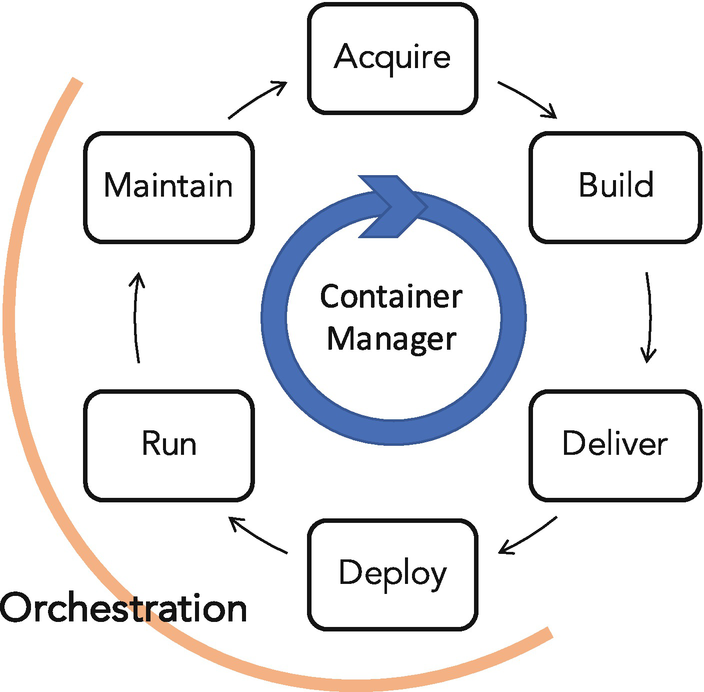What is Containerization?
How is it to have a ready to eat food which has all the ingredients packaged and all we need to do is mix them and cook which does not need any cooking knowledge or much of effort. We need to consider the same thing when it comes to software. Software containerization draws on a similar idea. By containerizing, developers bundle a program’s code, runtime engine, tools, libraries and settings into one portable package. That way, the software requires fewer resources to run and is much easier to deploy in new environments.
We need to make it easy for the software engineers to run any applications in any kind of environment. It can happen by packaging the code and keeping it handy, so a lot of the complexity of installing and configuring an application is taken away. Containers let a developer abstract all of that and make a very simple package that’s easy to consume.
Containers made it a lot easier to build software with service-oriented architecture, like microservices. Each piece of business logic — or service — could be packaged and maintained separately, along with its interfaces and databases. The different microservices communicate with one another through a shared interface like an API or a REST interface.
With microservices, developers can adjust one component without worrying about breaking the others, which makes for easier fixes and faster responses to market conditions. Microservices also improve security, as compromised code in one component is less likely to open back doors to the others. Containers and microservices are two of the most important cloud-native tech terms.
Benefits of Containers
Application Development- Development and deployment of application can be made very easy and is very true with containerized microservices. Breaking all the large components into smaller parts helps in managing without complexity. Those discrete components (or microservices) can then be deployed, updated or retired independently, without having to update and redeploy the entire application.
Portability- Building an application to run in any environment hassle free is possible in containerization. We can move from different cloud platforms without having rewrite large amount of code to execute properly. This also boosts developers productivity, since they can write code in a consistent manner without worrying about its execution when deployed to different environments.
Resource utilization- Very fewer resources are utilized as they are lightweight. We can run many containers in a single machine.
Consistency- As the container image defines the base dependencies, there is a high level of guarantee that what runs on a developer machine also runs in a variety of production environment and runs on any host operating system in the same way. This leads to development teams spending less time debugging and fixing personal infrastructure issues and more time working on improving applications.
Scalability- Thanks to their low overheads and boot speed, containers introduce the ability to adapt applications in ways not possible before. By writing basic scripts or complex orchestrators we can quickly recover crashed application components, add new instances to meet increased demand, or perform rolling upgrades to update application or dependency versions without any downtime.
What is container orchestration ?
Container orchestration is all about managing the lifecycles of containers, especially in large, dynamic environments. Software teams use container orchestration to control and automate many tasks like
- Allocation of resources between containers
- Scaling up or removing containers
- Load balancing
- Monitoring
- Cluster management
Container orchestration encompasses a variety of methodologies depending on the container orchestration tool used. Generally, container orchestration tools communicate with a user-created YAML or JSON file that describes the configuration of the application.
The configuration file directs the container orchestration tool on how to retrieve container images, how to create a network between containers, and where to store log data or mount storage volumes.

What is Kubernetes container orchestration?
Kubernetes is widely appreciated for its motility and is a popular choice among large enterprises that emphasize a DevOps approach and is supported by various cloud service providers like AWS, Azure etc
Workloads can be moved without redefining the application or infrastructure since its starting point is the cluster, which increases its portability.
Kubernetes creates an abstract hardware layer that allows DevOps teams to deliver a Platform-as-a-Service (PaaS), and makes it easier to request additional resources to scale an application without the need for more physical machines.







